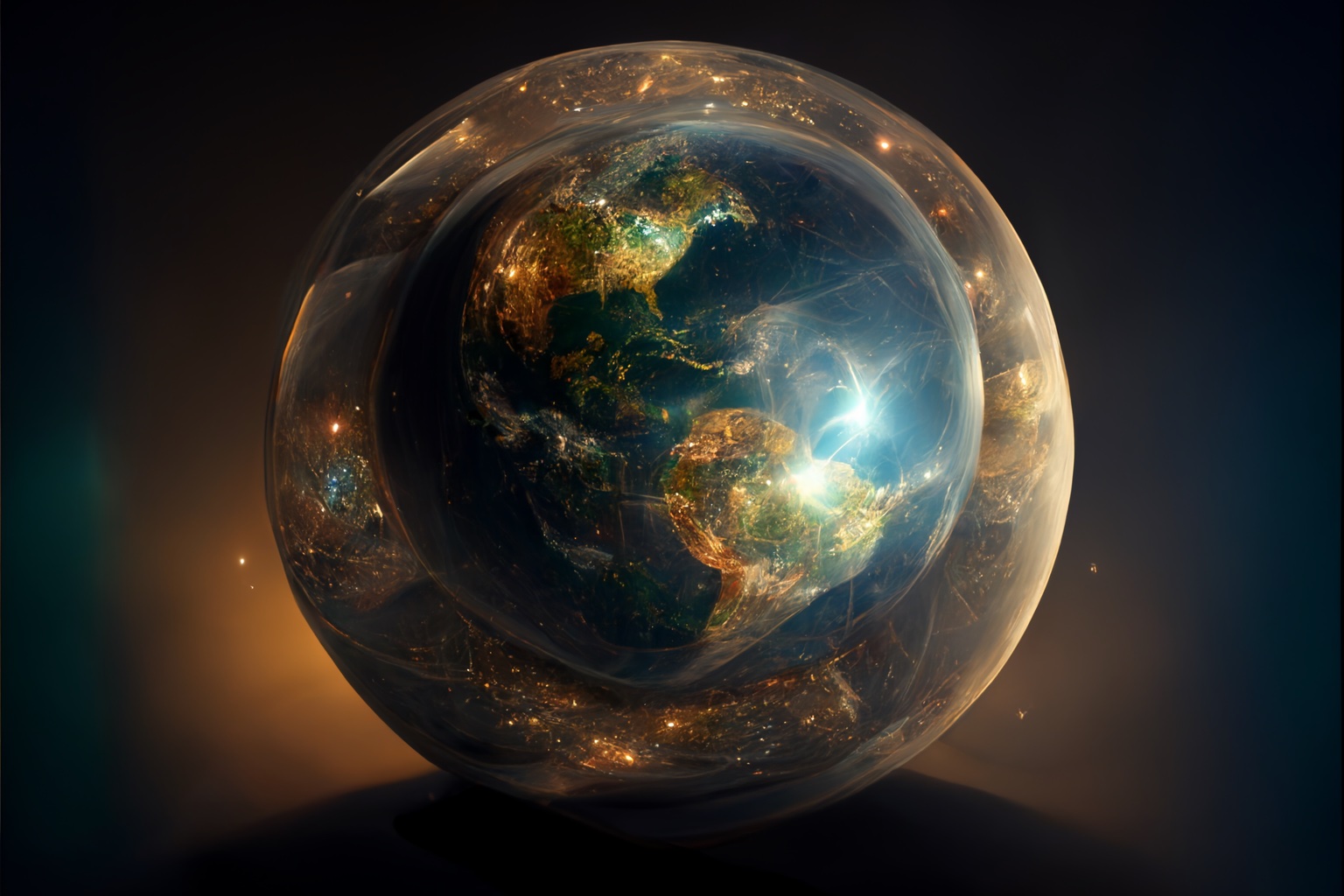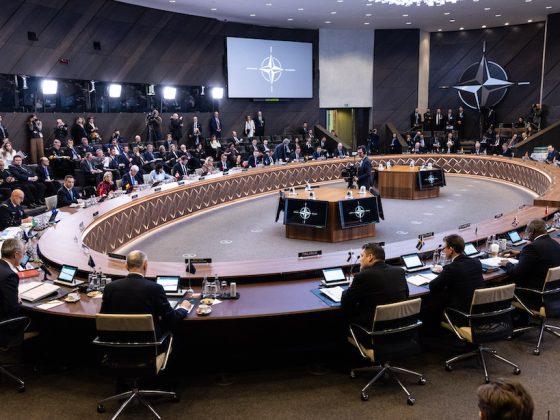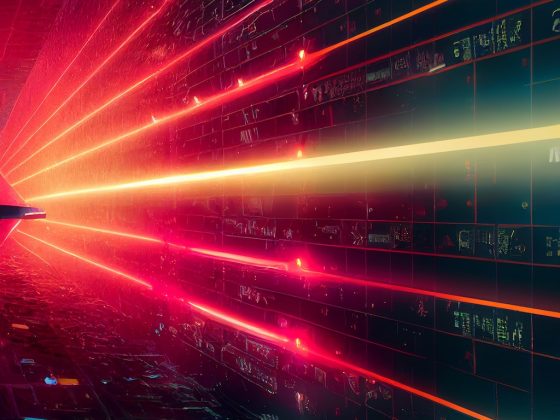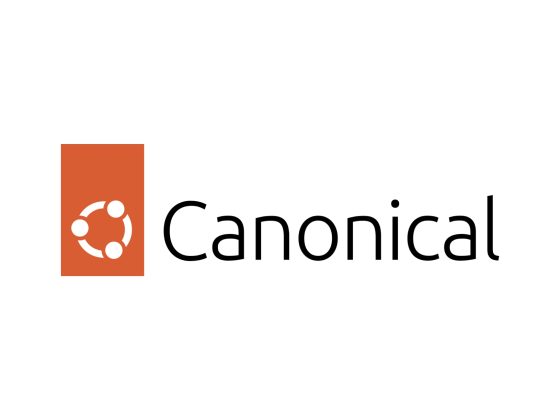The Noosphere and Cyberspace are two intriguing concepts that revolve around the realm of ideas, information, and collective human consciousness.
The Noosphere, a term coined by the French philosopher Teilhard de Chardin, represents the “sphere of human thought” . It is an abstract concept that encompasses the collective consciousness and cultural ideas of humanity. This notion draws upon the biosphere — the world of living organisms — and the geosphere — the physical world –, postulating an evolution of consciousness that ultimately unifies humanity in thought and knowledge. The emergence of the noosphere suggests the next phase of Earth’s development, shaped not by biological evolution but by the power of the mind .
Cyberspace is a term coined by science fiction author William Gibson and describes a vast, interconnected network of digital technology and the virtual realm that it creates. It encompasses the Internet, the World Wide Web, and other data systems , providing a shared space for communication, commerce, and the exchange of ideas. Cyberspace, with its ubiquity and near-instantaneous exchange of information, has transformed how we live, work, and communicate.
As the most amorphous and dynamic realm, cyber is less a distinct domain and more a permeating field or medium that pervades and synergises with all other domains known and utilised by humans and machines. Exploring the history, background, contemporary meanings, and use cases of cyber, cyberspace, and other related utilities, we pursue an expansion of its conception beyond common concerns of discourse or operations, whether it be in the military, information technology, business, or politics. We argue that while all currently held viewpoints are crucial and accurate to a certain degree, it limits our understanding of the potential and eventual benefits of cyber as a notional and ethereal field of cognition, interaction, potentiality, and the existence of biological entities and physical objects or things, similar to that of modern field theory in quantum mechanics. In doing so, (1) the possibilities for strategic differentiation in value creation on various sectors or endeavours, (2) the discourse relating to cyber political economy to aid in liberating purviews that allow utility beyond the constraints of being a military domain, a function of information system security, and as an economic or commercial arena of electronic exchanges, and finally (3) the planning for policy, governance, protocols, operations, product development, capability development, education, cross-sector innovation, and venture investment may vastly expand and diversify.
If one thinks about it, cyberspace with its multi-modal and agnostic data transmission mediums extends to farthest reaches of human creation. Cyberspace extends to the electromagnetic broadcast bubble we have been generating and has been travelling throughout the cosmos for a long time. Another view is if a human made satellite travelling the solar system or beyond continues to receive and/or transmit data to the earth by which this information is received, processed, converted, transformed, and published to various channels for use like internet websites or intranets for data analysis, then cyberspace and the human fingerprint of ingenuity reaches the extent of that satellite avatar.
One might consider cyberspace as a tangible manifestation of the noosphere. The internet, serving as a physical infrastructure, connects billions of minds, allowing for an unprecedented level of collaboration, knowledge sharing, and collective problem-solving. It is a medium through which the noosphere, the global sphere of human thought, could be said to manifest, evolving and growing with each additional connection. While the noosphere is a philosophical concept, cyberspace offers a practical medium through which we can observe the realisation of that concept.












